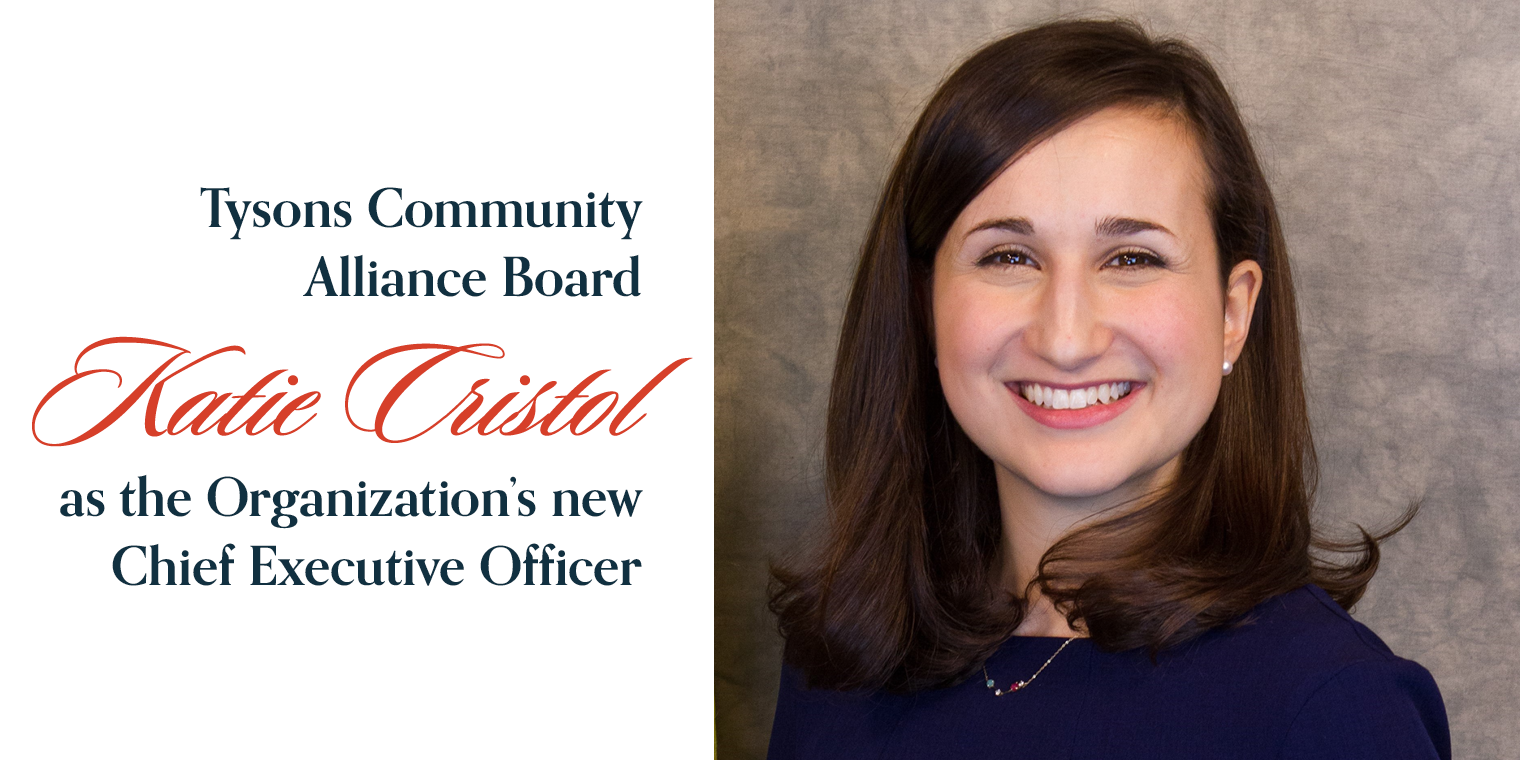For 13 years, James Van Zee has overseen critical but seldom seen documents — hundreds of them — necessary to build the $4.6 billion Silver Line project that when opened will provide Metrorail service along the dynamic Dulles Corridor
As the planning and project development manager, Van Zee has dealt with Fairfax County’s zoning rules for constructing rail stations, permits from state and county regulators for utilities and land transfers, adjacent residential and commercial property owners, state highway officials, Loudoun and Fairfax officials, and federal regulators.
Construction depended on timely acquisition of permits and knowledge of complex procedures, according to project officials who credit Van Zee’s experience in transportation planning in Northern Virginia for easing these processes for Phases 1 and 2 of the Silver Line project.
Some of the most challenging endeavors in the Phase 1, which brought transit from East Falls Church through Tysons to Reston, were tied to the locations of rail stations and support facilities that are not located within existing rights-of-way as they are in Phase 2 where stations are in the middle of the Dulles International Airport Access Highway, the Dulles Greenway or on Dulles Airport property.
In Phase 1, site selections resulted in dozens of public hearings and community meetings prior to construction, requiring resolution of a host of residents’ concerns about flooding, stormwater erosion, noise and other long-standing issues.
For example, the rail project spent more than $1 million restoring water-damaged terrain, saving backyards and replanting the residential areas near the West Falls Church Rail Yard that was expanded during Silver Line construction. In addition, a costly — $10 million — but very effective cover box, was built over a sharp curve in tracks to minimize track noise.
Van Zee points with pride to the fact that significant changes have taken place in Tysons Corner since Phase 1 opened in July 2014, including the growth of transit-oriented development, such as higher densities around each of the four Tysons rail stations, which has continued despite the Covid-19 pandemic that struck this year.
Also, not a single residential property was taken by construction. “Only two businesses were displaced: Business Bank and Merchants Tire,” Van Zee said. Each was relocated. Many car dears along Route 7 ended up with new entrances and fewer parking spaces. Now many, dealers, he said, are turning into real estate developers, transforming dealerships into transit-oriented projects that may or may not retain auto sales centers.
In Phase 2 from Reston to Ashburn, Van Zee continued watch over requirements listed in the numerous pages of the original Environmental Impact Statement (EIS) and Record of Decision. His focus changed a bit because stations are in highway medians and at Dulles Airport. There were new challenges with Dulles Airport managers and related industries who worried about construction impacts, owners of the privately operated Dulles Greenway and its staff, as well as Loudoun and Fairfax counties building parking garages at several stations.
In addition, there were decisions about changing stormwater regulations, dealing with permits and negotiations with Dulles Airport officials regarding elevated tracks and a station on airport property.
To handle these challenges, Van Zee continued to draw from his background. Prior to joining the rail project in July 2007, he spent a decade as director of regional planning for the Northern Virginia Regional Commission, dealing transportation and land use. The Alexandria resident worked in the planning divisions of Loudoun, Fairfax and Arlington counties along with stints at the Urban Land Institute and the National Association of Home Builders.
Early in planning for Phase 2, the rail project planned to control stormwater just as it had in the first phase, by controlling and dispensing water. But new rules called for and containing and treating water before releasing it. The choice to follow new guidelines was made for the good of the future of the region, project officials say, and Van Zee agrees.
Overall, construction of the line from East Falls Church to eastern Loudoun County without taking a single residential property, relocating only two commercial properties in Phase 1, and only needing to purchase slivers of commercial property in key areas like the Reston Town Center area are important to Van Zee.
He compares the Silver’s Line minimal impact to that of other key transportation projects in the region such as the Woodrow Wilson Bridge Project and the Purple Line rail project now struggling to survive in suburban Maryland. Van Zee has more than 45 years’ experience in his field. He holds a master’s degree in planning from the University of Virginia and a bachelor’s degree in urban studies from Virginia Commonwealth University.






